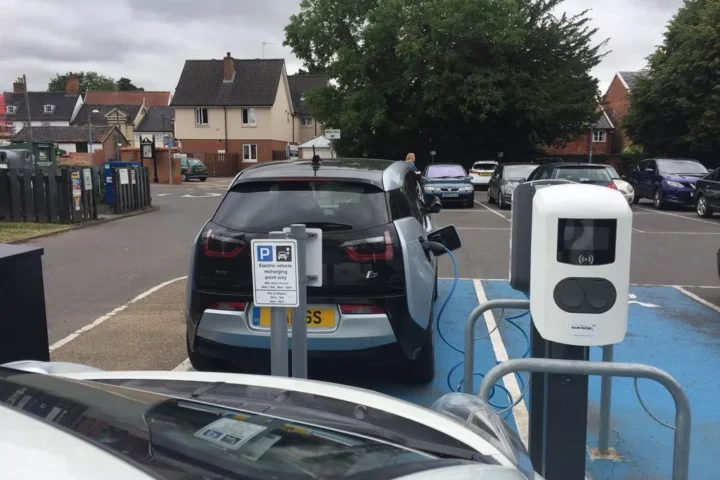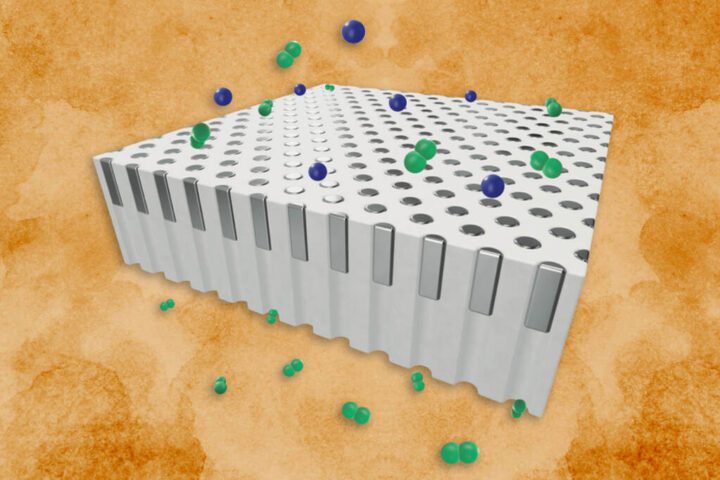Founded by alumnus Tim Heidel, VEIR has developed technology that can move more power over long distances with the same footprint as traditional lines. Last year, a power line was developed in Woburn, Massachusetts, across a 100-foot stretch of land. The line was supported by standard utility poles. In fact, the familiarity of the sight is a key part of the technology’s promise. Using essentially the same footprint and voltage level, the lines are designed to transport 5 to 10 times the amount of power of conventional transmission lines.
The lines are the product of years of work by the startup VEIR, which was cofounded by Tim Heidel. Superconducting cables and a proprietary cooling system are used to enable initial transmission capacity up to 400 megawatts, and in future versions, up to several gigawatts. Heidel says, “We can deploy much higher power levels at much lower voltage, and so we can deploy the same high power but with a footprint and visual impact that is far less intrusive, and therefore can overcome a lot of the public opposition as well as siting and permitting barriers.”
Similar Post
Over more than a decade at MIT, Heidel went from learning about the fundamentals of electrical engineering to studying the electric grid and the power sector more broadly. Following his PhD, Heidel was named research director of MIT’s Future of the Electric Grid study, which was completed in 2011.
VEIR’s first alternating current (AC) overhead product line is capable of transmission capacities up to 400 megawatts and voltages of up to 69 kilovolts. The company plans to scale to higher voltage and higher power products in the future, including direct current (DC) lines. VEIR will sell its equipment to the companies installing transmission lines, with a primary focus on the US market.
Heidel believes VEIR’s technology is needed as soon as possible to meet the demands and new renewable energy projects around the globe, in the longer term. In short, VEIR, founded by alumnus Tim Heidel, has developed technology that can move more power over long distance, with the same footprint as traditional lines.


















